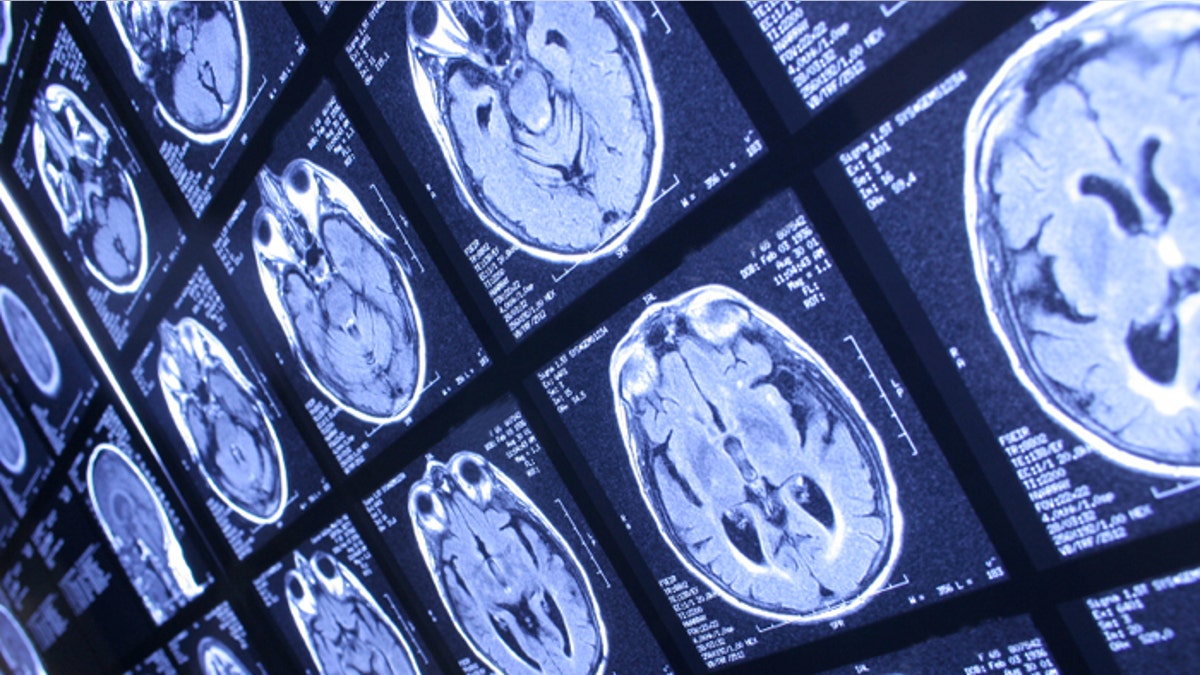
A new study indicates that autism may affect men and women differently.
When studying autism, most research tends to be male-biased due to the fact that the condition afflicts more boys than girls - estimates of the condition’s male-to-female ratio range from 5:1 to 15:1.
Given the skewed statistics, fewer girls with autism are included in studies, and most of researchers’ understanding of the neurodevelopmental disorder is based on male test subjects.
In an attempt to provide a more balanced picture of the autistic brain, scientists at the Autism Research Center at the University of Cambridge examined the brains of a 120 patient cohort that was completely gender equal.
The ultimate goal? To see if autism manifests differently in men and women.
“We compared the brains of male patients with and without autism, so we have a pattern to demonstrate how autism manifests in the brain, and then do the same thing for females,” Dr. Meng-Chuan Lai, who led the research project, told FoxNews.com. “So if autism manifests the same for males and females, then the (patterns would be) quite alike. If it manifests differently by gender, then the two patterns would be quite distinct. And that’s what we found.”
Utilizing magnetic resonance imaging (MRI), the researchers scanned and compared the brains of 30 male and 30 female autism patients between the ages of 18 and 49, none of whom had intellectual disabilities. The brain scans were then compared to those of 30 male and 30 female control patients, who were considered typical developing adults.
As expected, the tests found that the brain anatomies of females with autism were substantially different when compared to the brains of their male counterparts. In fact, a completely different set of brain regions were implicated in the male autism brains than in the female autism brains.
The brain imaging revealed that females with autism showed what the scientists referred to as neuroanatomical “masculinization.” meaning areas of the brain that were atypical in adult females with autism were similar to areas that differ between typical developing males and females. This brain difference was not seen in the adult males with autism.
“In terms of brain morphology, females with autism look more alike to typical developing males when they are compared to typical developing females,” Lai said. “So the brain change in females with autism (are) actually shifting towards typical developing males.”
This discovery relates to an idea known as the extreme male brain theory of autism, which hypothesizes that autism is actually an extreme version of the typical male profile. While the Cambridge study was only meant to be observational, Lai said these findings could ultimately point to the physiological mechanisms that drive physical sex differentiation – such as prenatal sex hormones and sex-linked genetic processes.
But more importantly, Lai said their research should serve as a wakeup call for other scientists. According to the latest estimates from the Centers for Disease Control and Prevention, one out of every 88 children in the United States has been identified as having an autism spectrum disorder, and the numbers seem to be on the rise. Given the increasing amount of children with the condition, Lai said it’s important to study girls with autism independently of boys.
“The key message is that researchers should not really assume that what we know about autism in males will always be applicable to females,” Lai said. “We need to pay more attention to the female population, looking at males and females separately and jointly. We have to identify both similarities and differences.”
Simon Baron-Cohen, a professor of developmental psychopathology at Cambridge, served as the senior author for the study, which was published in the journal Brain.
